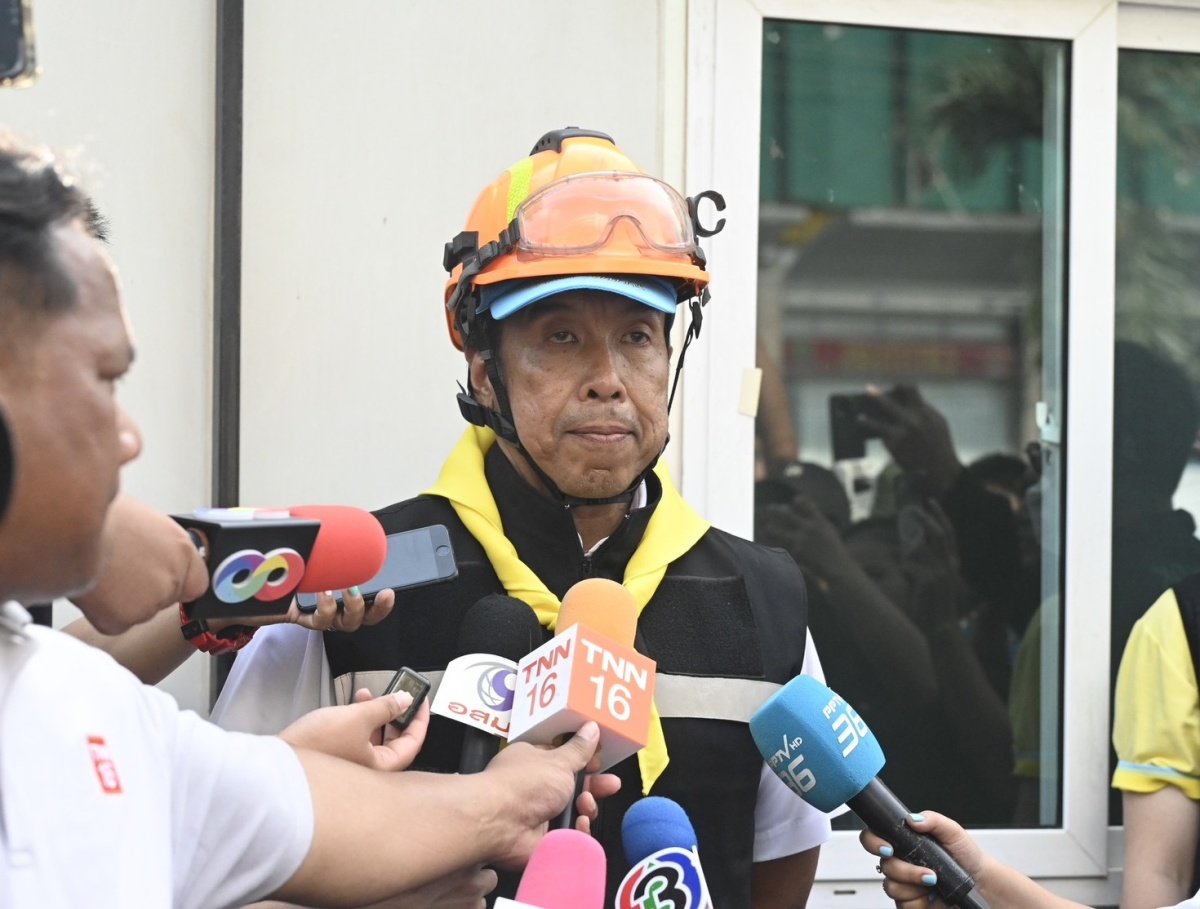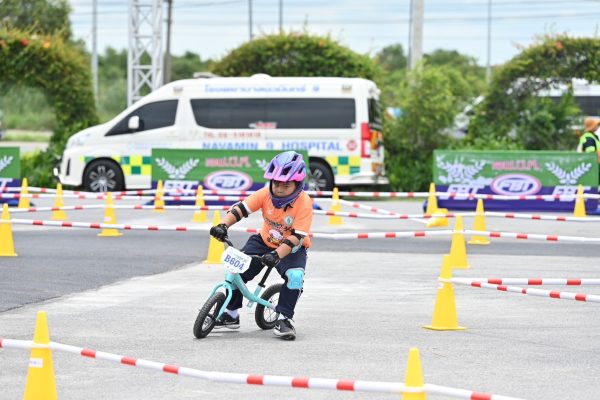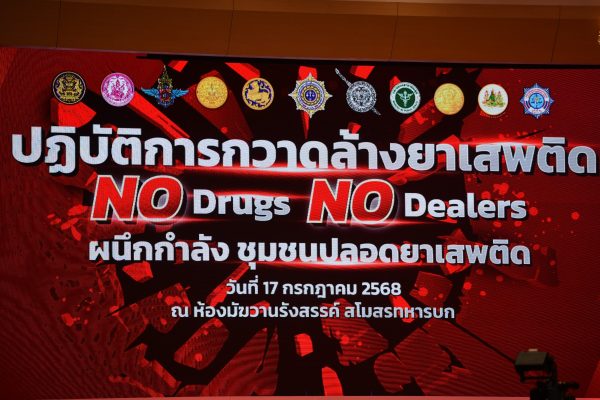(April 4, 2025) – Chadchart Sittipunt, Governor of Bangkok, provided an update on the ongoing earthquake disaster relief efforts at the State Audit Office (SAO) building in Bangkok’s Chatuchak district.

He noted that some international rescue teams have withdrawn today as they should respond to emergencies in other parts of the world. Some heavy teams are required to redeploy within 48 hours for rescue operations in other countries such as Myanmar, he explained.
However, the Governor of Bangkok added that the Bangkok Metropolitan Administration (BMA) has been collecting data, building databases and improving methodologies, which has enhanced the city’s capacity for future incidents.
Now that heavy machinery is being deployed, he expects the process should become smoother. The initial phase was the most difficult, involving the search for missing persons in narrow crevices and rubble, he said, adding that this required a variety of tools and techniques.
While the Japanese team has yet to arrive, he believes their expertise will be more relevant in the medium to long term—for instance, in installing sensors, developing early warning systems and conducting structural inspections.
Chadchart went on to say that currently, the focus is on evidence collection, with forensic units in the process of gathering materials, though the operation is not yet at full capacity. Once this is completed, the teams can proceed more proactively.
He highlighted one of the main challenges is the need for caution, saying that heavy machinery can be dangerous for both survivors and deceased victims. Hence, observers must be present to monitor closely, using cameras and other equipment to ensure sensitive handling.
As for the mysterious sounds reportedly heard, the Governor of Bangkok said there is a possibility that they originated from someone still trapped in the debris. He noted that the deployment of heavy machinery and conventional search methods should be carried out simultaneously to ensure the efficiency of the rescue operation.
The team holds hope that the person may be unconscious or resting and that they may have access to water or a nearby container, he said, adding that miracles have happened in similar disasters elsewhere.
Chadchart said the search plan going forward will see heavy machinery moving in first, followed closely by support teams—similar to a tank working in tandem with infantry. The strategy prioritises zones based on urgency and risk of collapse.
Currently, Zone B is difficult to access, so efforts are focused on clearing Zone A to build a safe approach. Zones C and D, he said, are suspected to have more trapped victims, as they are escape routes leading to the car park frequently used by workers for entry and exit.
“As for why there was no live update yesterday—it’s not because we were discouraged. There simply wasn’t any significant progress to report,” he said. “Given how sensitive the situation is, we didn’t want to broadcast news that might dishearten the families watching. So we decided to scale back the live updates.”
BMA #Bangkok #ChadchartSittipunt #StateAuditOffice #collapse #earthquake




